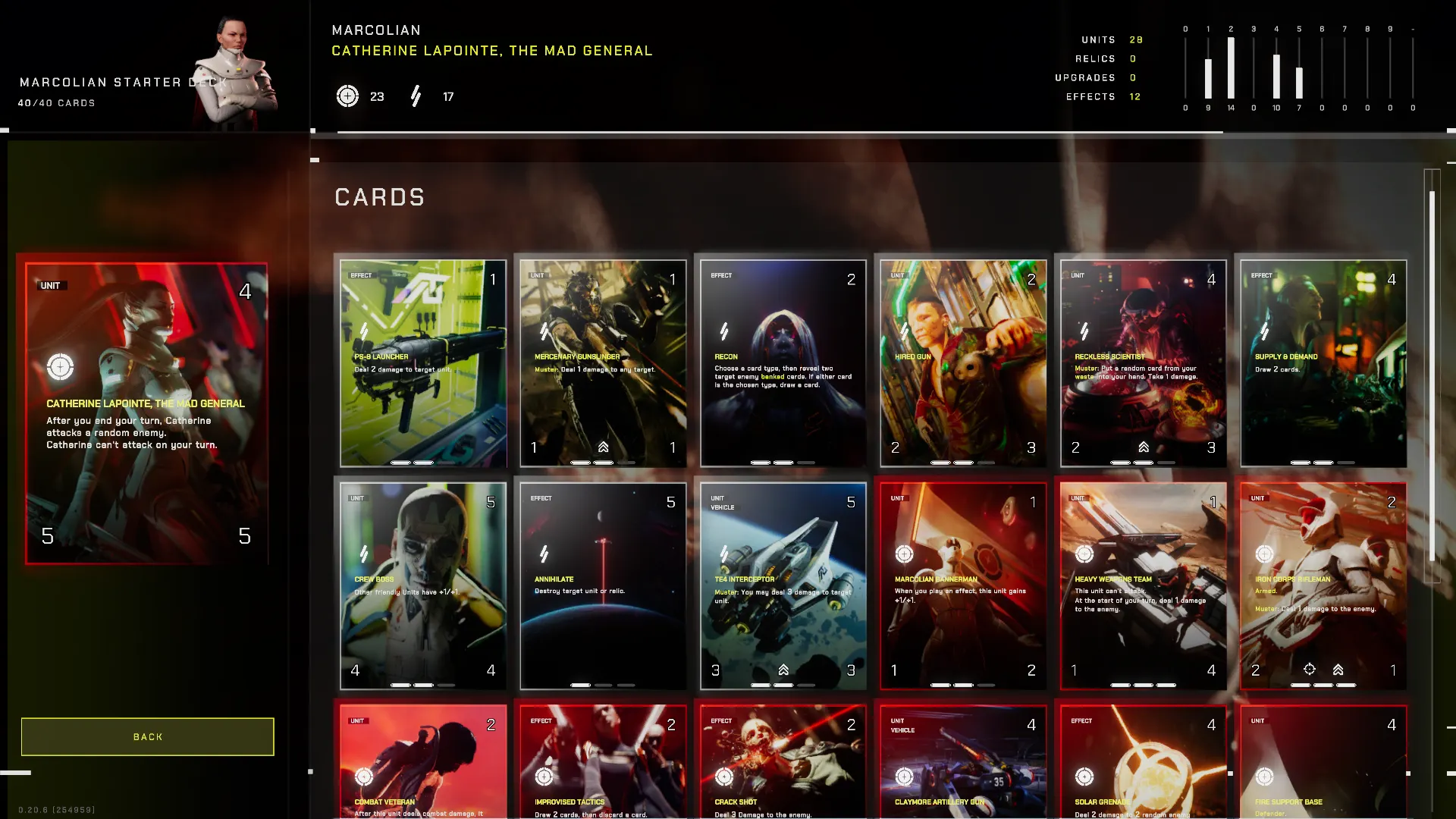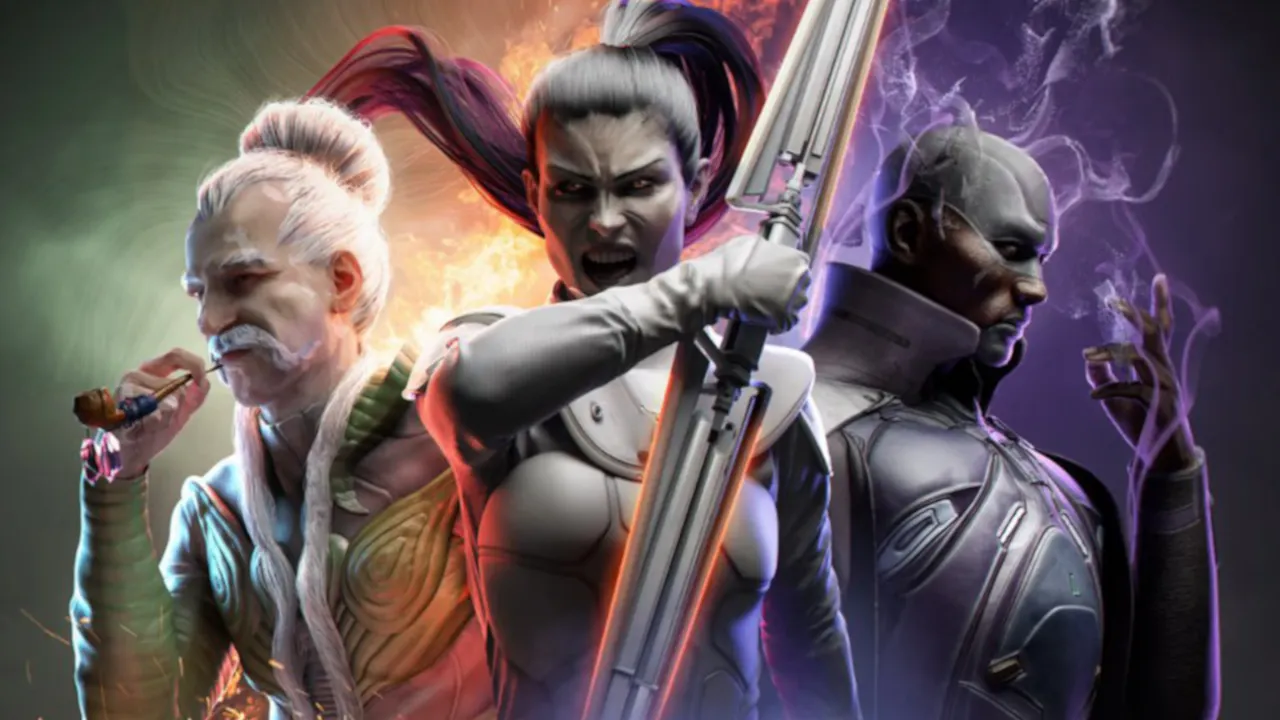Parallel is an upcoming competitive trading card game (TCG) that lets gamers play as a leader of one of five different “parallels,” or factions, in the context of an epic sci-fi world. Players must battle each other with custom-built decks of 40 cards each, and fight until one player’s main health points (HP) reach zero.
While there are already plenty of NFT-powered TCGs in the market or in development, Parallel is one of the few that truly stands out from the crowd with its appealing 3D graphics, diverse factions, and complex tactical gameplay.
I went hands-on with Parallel’s closed beta on Windows PC to find out what sets it apart from other crypto card-battlers.
Parallel play styles
While many TCGs adopt a bright, high fantasy aesthetic, Parallel makes its mark as the dark, space opera-themed cousin of a game like Blizzard’s smash Hearthstone.
Experienced TCG players will pick up on the gameplay right away, but all players will have to learn each parallel’s strengths and weaknesses as early as possible in order to win. For those coming from other game genres, it’s a steep but quick learning curve.
Each parallel has a different aesthetic, backstory, and play style. The Earthen parallel, for example, is designed for defensive, strategic gamers, with cards that compound along with plenty of self-healing options.

By contrast, the Marcolian parallel is designed for players who prefer shorter matches and a kind of “glass cannon” approach (i.e. high offensive power but weaker defense), targeting the enemy player’s main HP as soon as possible before opponents can build up a substantial defense in the mid- to late-game.
While all of the parallels require a deep understanding of how your 40 cards can be played in various orders to compound benefits and increase damage, this is especially true for the Kathari parallel. When played in the right order and with a bit of luck, an army of humanoid, robot-like clones can spawn quickly to overwhelm the enemy.
For those looking to tailor their strategy to each unique enemy, the Augencore can be a solid pick. This crafty faction can upgrade their cards quickly, allowing them to thwart enemies and create a substantial defense. And the cosmological Shroud parallel can be unpredictable and difficult to defeat, as it allows players to tap into an extra feature exclusive to Shroud called the “singularity” to banish opponents' cards from the board.
When I tested the limited closed beta, it appeared that gamers were only allowed to use preset base decks arranged by the game developers. After some matches, it became easier to predict opponent behavior, and “relics”—indestructible cards that provide passive benefits—were rare sights.

While playing, I didn't encounter anyone using a different "paragon"—or main card set aside for persistent passive effects—which led to simpler gameplay and shorter matches overall.
But this is arguably a plus for beginners trying to grasp an already-complex TCG, as there are plenty of card interactions to learn for each parallel. For example, certain parallels offer more opportunities for regular cards, known as “units,” to add a “defense” feature, while other parallels get chances to upgrade their existing cards on the board.
However, the beta is already evolving and expanding, as Parallel has just launched NFT-based starter decks and now allows players to use different paragons, as well as earn the game's PRIME token while playing.
Parallel is already looking like a promising TCG that has the potential to appeal to both experienced and beginner players alike. Somehow, it’s managed to strike that sweet spot already, offering just enough complexity to challenge players without alienating those new to the genre.
Potential drawbacks
Like most TCGs, there is a chance that certain powerful cards, if sold individually as NFTs or in gatcha-like randomized loot boxes, could lead to a “pay-to-win” feel among players who would otherwise be on equal footing when it comes to strategy and deck knowledge.
While this certainly is a common issue in the broader gaming world, it may frustrate some players. Games from Hearthstone to MapleStory and Clash of Clans have been accused of implementing “pay-to-win” elements, but that hasn’t stopped millions of players from enjoying those titles.
To be clear, it still remains to be seen to what extent buying the game’s most powerful cards will actually affect gameplay or card balancing.
Parallel is also a game where one bad turn could end the match quickly. It’s easy to see when you’re clearly losing early on, which may frustrate some players as it often feels impossible at this stage to turn the tide of matches around.
But this feeling of compounding enemy luck and resources can again be a common issue with TCGs. This is why many TCGs including Parallel, as well as some real-time strategy games (RTS), let players forfeit matches or “concede” early when a drawn-out loss seems inevitable.
RNG—or “random number generators,” an acronym gamers often use to refer to randomness—also plays a big role in Parallel. If you get a bad first hand, then you can swap the cards out; but after that, you’ll have little control over which cards you’re dealt from your deck. And while there are cards that let you draw a few new ones, those cost “energy,” the essential resource in the game.
You could get lucky with the order of the cards you’re dealt—or face the wrath of the RNG gods.
Crypto and NFTs
Parallel has released its own crypto token, PRIME, along with a staggering 6.1 million cards minted as Ethereum NFTs in its main collection. The project recently launched another 11,000 Avatar NFTs for those seeking a profile picture (or PFP) they can use both in-game and around the web.
Virtually every card in the game appears to exist as an NFT, with common cards currently listed for as low as around $1.50 and often falling in the $13 to $40 range. At the peak of NFT market mayhem in 2021, one Parallel NFT card sold for over $1.1 million worth of ETH.
But it’s worth noting that Parallel’s developers have intentionally not included any specific skill and capability data—such as HP stats, abilities, or attack power—in the NFTs, in case they need to buff or nerf (enhance or weaken) certain cards at a later date.
According to Parallel’s website, players will be able to earn PRIME when they win ranked matches for up to five wins per day, with the amount calculated based on the number of NFTs in a deck, whether a player holds an Avatar NFT, and other factors.
BASE Starter Decks & Cardback
August 11th
We are excited to announce that Parallel Starter Decks will be available as one of the first #OnchainSummer drops on @BuildOnBase! Starter Decks include 40 cards to get started playing and earning $PRIME with your favorite faction.Each… pic.twitter.com/zAgIm56vWk
— Parallel (@ParallelTCG) August 9, 2023
For fans of Parallel’s immersive, dramatic sci-fi world, the studio has also released two comic books, with plans to publish a third sometime this year.
Paralell's closed beta provides a taste of what's already a fun and well-made competitive card game, with a substantial crypto component and lots of room to grow as it nears a full release. Players of other NFT-driven TCGs like Splinterlands or Gods Unchained may find a new favorite—and a different kind of vibe—in Parallel.

